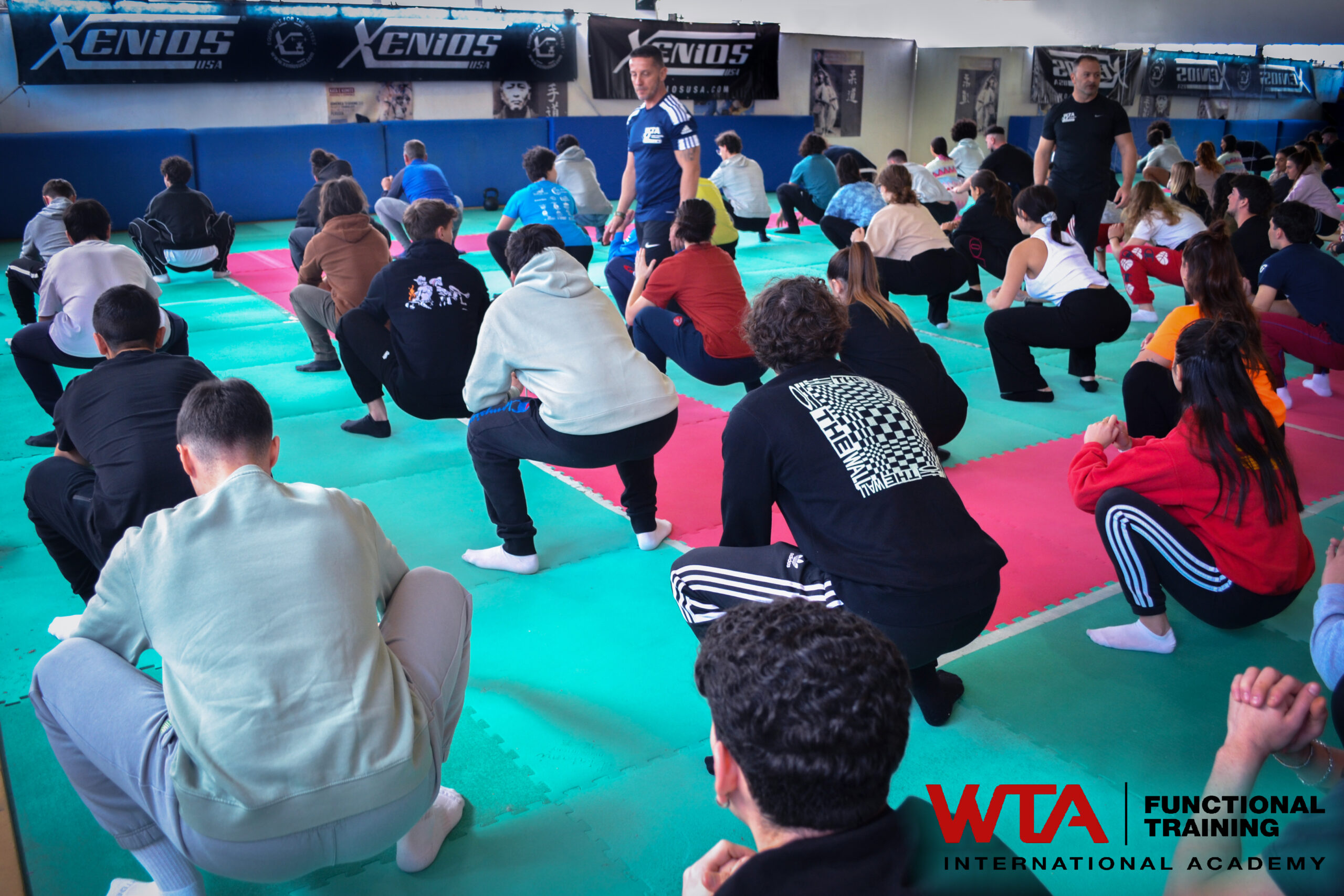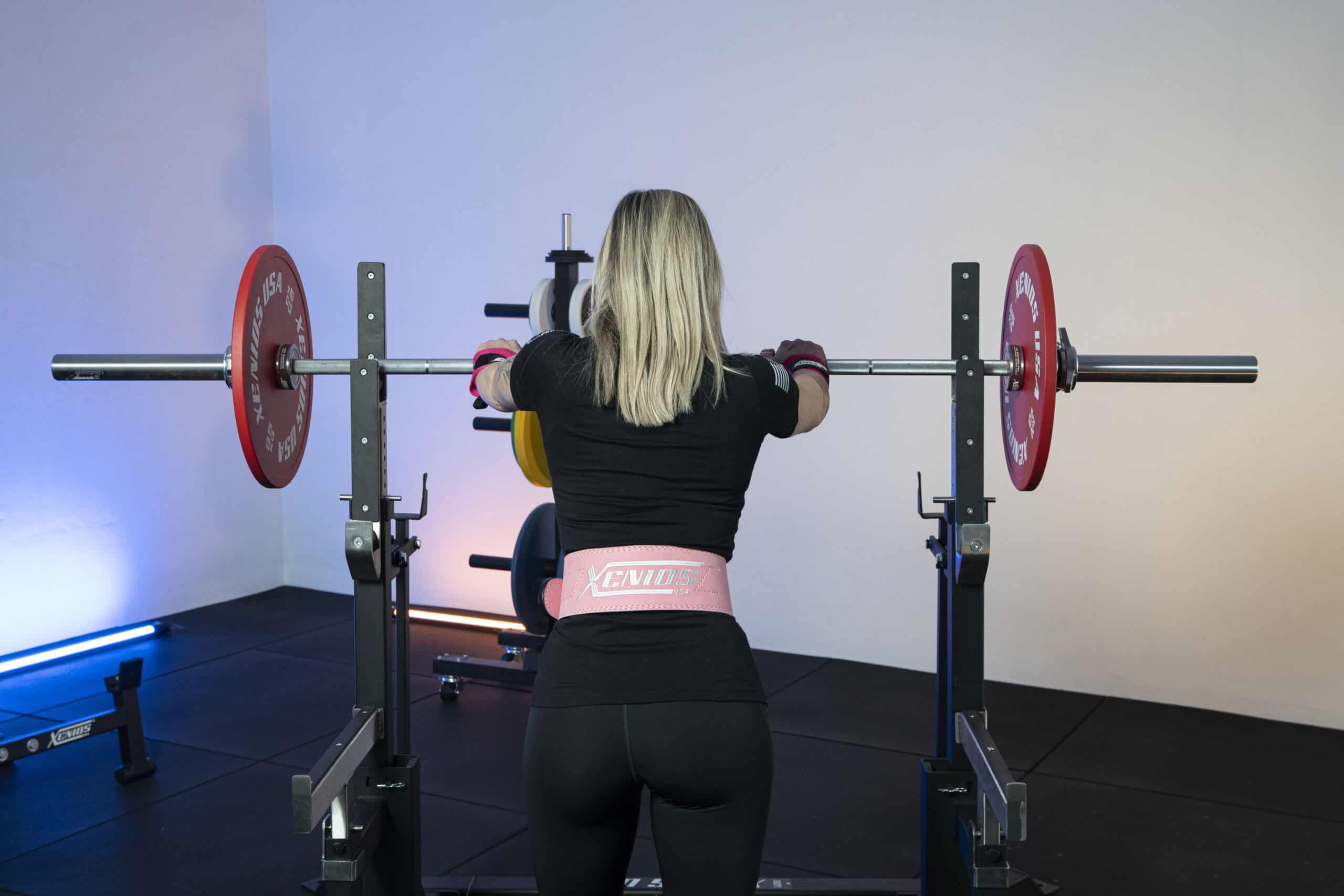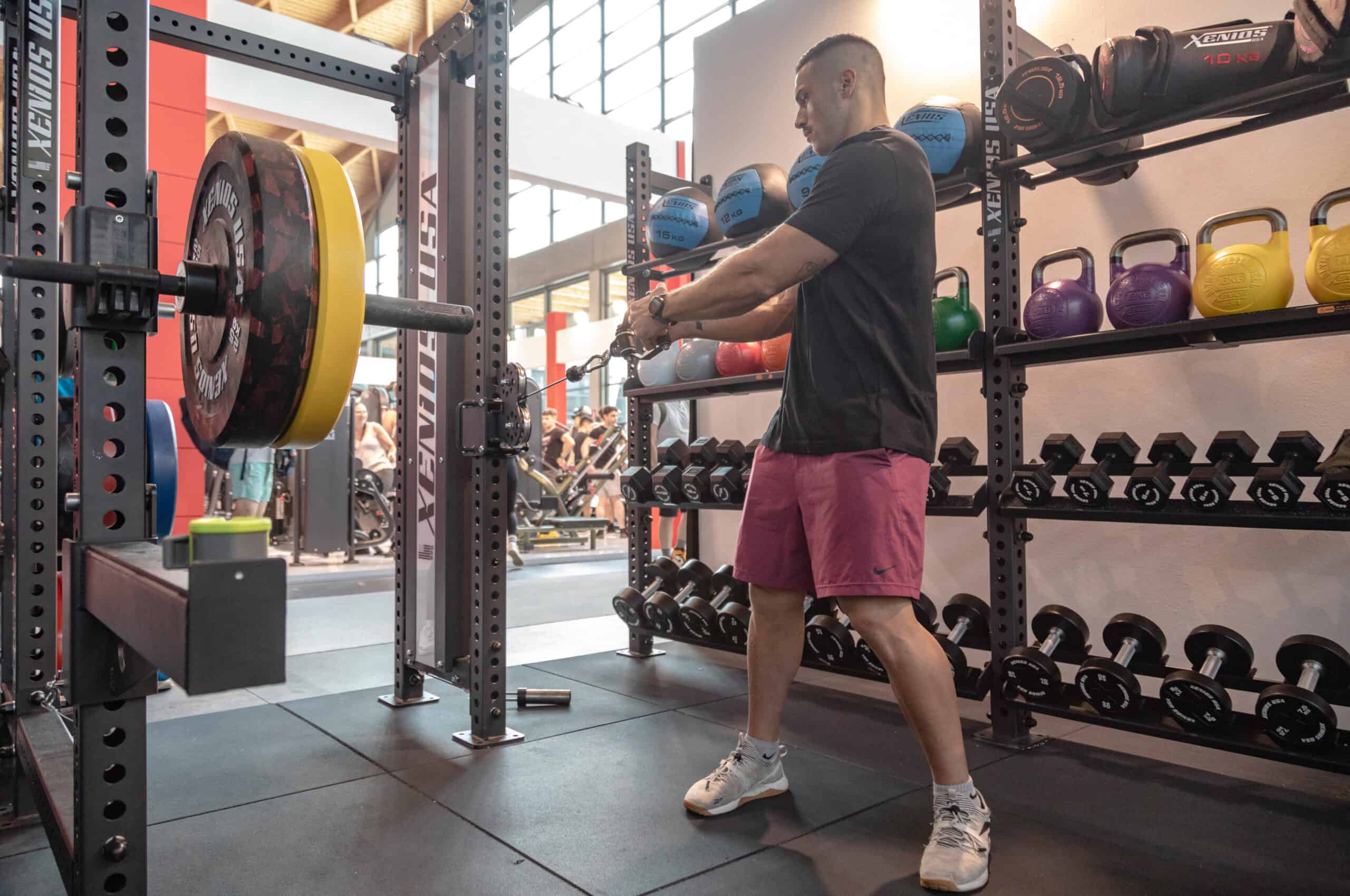Interview with Igor Castiglia, organizer of the annual event “Functions in Action” and International Master Trainer.
In the third episode of Functional Training we will cover various topics with an absolute expert in training, including:
– The early stages of functional training in Italy
– The top figures and schools for functional training
– Advice and books on the subject
Francesco Perticari
In our session on functional training, today we have Igor Castiglia, a well-known name among fitness professionals. Hello Igor, I’m not quite sure how to introduce you because you’re such a versatile professional. To begin with, I introduce you as a friend, as our friendship means a lot to me. Then as an International Master Trainer, because I still remember when I entered the industry, you were already famous in this role. I admit I envied you a bit because you had a lot of enthusiastic girls around you when you stepped on stage. I also got to know you as a fitness manager, an expert in communication and marketing, always very focused, and a trendsetter. You’re also an “inventor” of equipment, designing tools to stay fit and for functional training. Furthermore, you’re an event organizer.
Francesco Perticari
Did I forget anything in introducing you?
Igor Castiglia
Thinking back to the titles you listed, it makes me smile. Nevertheless, no, you didn’t forget anything. At the beginning of one’s career, you chase after titles that you can use to explain what you do, and you were often identified by the role written on a business card. Business cards were commonly used back then. For a long time, I struggled to give an identity that reflected what I did, especially with someone who could potentially become a client. “International Master Trainer” was certainly my role for a long time. I was a trainer, I fundamentally am an instructor. I entered the fitness industry as an instructor, like most people in the fitness sector, and then I had my own evolution. The reason I used that title for a while was that I worked outside the Italian market and it was one of the things I focused on in the middle of my career, not at the beginning because I had seen that it was important for me, for the motivation it gave me, but also to stay ahead and because I enjoyed traveling and doing many other things. So “international”, because I often worked outside of Italy, and “master trainer” is a title typically given in the educational context when passing knowledge and expertise to other instructors, a “know-how” that they would then apply.
Francesco Perticari
An instructor of instructors?
Igor Castiglia
An instructor of instructors, I was essentially a Presenter.
Francesco Perticari
I want to clarify that I haven’t read your resume, so my introduction was genuine and based on the roles in which I’ve known you for professional reasons. Now, let’s get right into the heart of our episode, which, as usual, is about functional training. Given your decades of experience in the field, I’d like to ask you how you’ve experienced the paradigm shift that functional training has brought to the world of fitness, both on training itself and on the industry dynamics. In other words, what has happened to our industry since the advent of this different way of training.
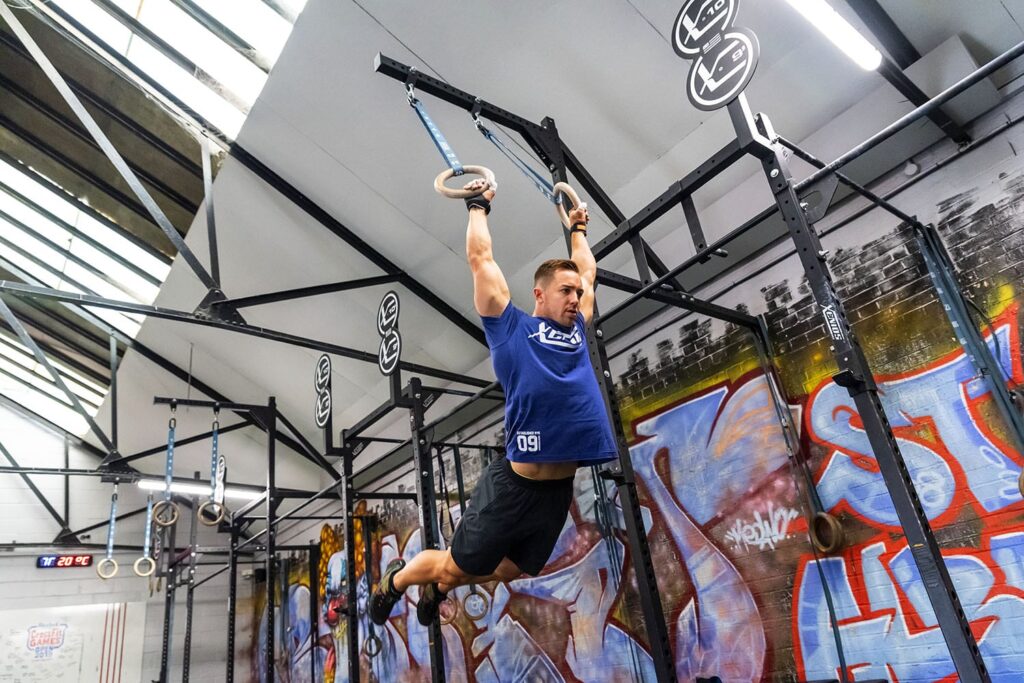
Igor Castiglia
When I realized that something was happening, I immediately tried to understand what it was. I came from the world of group classes where I had spent most of my career. For me, it was a transitional moment, I can say with precision that it was in 2004. In 2004, I began to connect with other prominent American professionals who contacted me because there were projects in development. At that time, the role of the instructor was central in managing small training groups, which were not yet widespread in 2004. So, the goal was to understand how to train small groups of people in a personalized manner, not following the conventional logic of individual training or group classes. When they involved me in this project in 2004, I lifted my head and realized that there was something different, even in that market demand. It wasn’t precisely functional training as it’s understood now, but the foundation and basis of what would happen were already there. In 2004, some people already had a clear understanding of functional elements and might have even used the term. In Italy, in 2004, it was not a widely discussed topic.
Francesco Perticari
How did you call it?
Igor Castiglia
Well, there wasn’t a clear-cut definition at that time because until the 2000s, the focus was on gym training, with the roles of gym instructors and personal trainers who, however, were often gym instructors providing personalized services, primarily aimed at individual well-being rather than athletic performance conditioning, which remained within the realm of sports.
Staying in the fitness realm. The personal trainer had specific goals for each individual, but there wasn’t a term that defined it as it has been with functional training. So, there was always an understanding which considered the trainer training the person in a conventional way, with conventional tools, because much of functional training became that way, meaning a significant part of the image we have of functional training is shaped by exercises (specific movements) and particular equipment used for those exercises. However, functional training should not be confined within these limits. An important phrase that was common during those years (2000-2004) was: “Remember that there are no tools for functional training; functional training is functional training, period.”
The equipment that is used can be used in a functional manner, but the same equipment could also be used conventionally, conventionally means that it is used analytically to condition the muscle group rather than the specific movement relevant to your sport. During those years, I understood that functional training is everything that a person who can no longer move well should do. An elderly person or someone who has had, for any reason, a long period of inactivity. Functional is everything you would have them do to regain their functions, but thinking about it for a healthy person. So, I have them do exercise that is not specific to a muscle group, but for the overall well-being of the person who has no pathologies because I have never dealt with injuries, illnesses, or rehabilitation. I began to pay attention to that world that actually talked about functions and, therefore, the natural aspect of human movement, and how this movement transfers into people’s everyday lives, not just athletes.
Francesco Perticari
It’s interesting what you’re saying because, in fact, the origins of functional training date back to the 1970s, when a group of experts primarily involved in physiotherapy in the USA began to study movement. They started to see movement and the body in a different way. Previously, the approach was very analytical, focusing on isolated movements to develop muscles. Later, with Functional Training, the emphasis shifted to correct movement and proper function. So, everything you’re describing aligns with that.
How did you experience it from the industry’s point of view? Has there been a shift from the traditional Globo Gym to other gym concepts? What was your experience during this transition?
Igor Castiglia
I experienced it very positively because it was clear that it was a genuine evolution, not just a passing trend, but a structural change that, of course, then became trendy. I’ve always embraced it because I’m motivated when there’s growth, learning, and development involved. Work becomes enjoyable when you can create things that didn’t exist before: programs, equipment, or new solutions to offer. So, I approached it with great curiosity, trying to gain clarity and understanding so I could communicate this revolution accurately. Over the last twenty years, as I’ve needed to engage with instructors and gym owners, rather than the end user, I felt the responsibility to communicate correctly what I would say, so I genuinely felt responsible for delving into concepts and proposals in the best possible way. That’s why I didn’t follow many trends because I knew I wouldn’t have the time to explore them adequately.
Francesco Perticari
What you did, you did it very well, like the Fitness Bag. I remember that you were perhaps the first in Italy to introduce a training bag with handles, similar to a fitness bag.
Igor Castiglia
Yes, there was a similar piece of equipment before, but it didn’t allow for much versatility. I had in mind a tool that would enable people to develop what I had already absorbed from my studies in functional training. We’re talking about 2008 in this case, and I had been working on this evolution for four years already. I wanted a tool that would let me manage group classes as well. I was coming from that perspective, thinking it would be great to work functionally even with a large number of people. The equipment had to be user-friendly and not limited to athletes. I tried to develop something that didn’t exist at the time. I believe I did it well because it was later replicated and copied by many. And in my opinion, when that happens, it means you hit the mark, you did something right. I had my satisfaction, not just economically but the satisfaction of having done something I saw concretely expand in the market. So, in those years, I experienced the development of functional training as a protagonist, with great curiosity. I saw, as always, companies diving headfirst into something they didn’t fully understand, fueling a series of errors, even in communication, which eventually led to a lot of confusion between things that are common to functional training but are not true functional training. Let me give an example for everyone. When Cross Training came to Europe, I was working in the Netherlands, and the first center was opened there. Cross Training was already being talked about, but it was fundamentally an American thing. I had never been to a Cross Training center physically, but I knew the basics thanks to all my colleagues working in the United States who would tell me about it. When they opened in Europe, I remember I was in the Netherlands, and I didn’t expect such a wave of success for the method.
At the time, I spoke with a marketing manager from one of the companies mainly involved in sponsoring the method, and he had quite a negative opinion about it, which, in hindsight, is quite amusing, given the development of the Cross Training market in Europe over the last 10 years.
Functional training is well represented by Cross Training. Thanks to a structured program and a widely recognized brand, certain components of it have become very popular. However, this has created some confusion in people’s minds. Functional training doesn’t necessarily have to be competitive with oneself or with others and it’s not required to identify it as training that always pushes the limits of one’s physical capabilities.
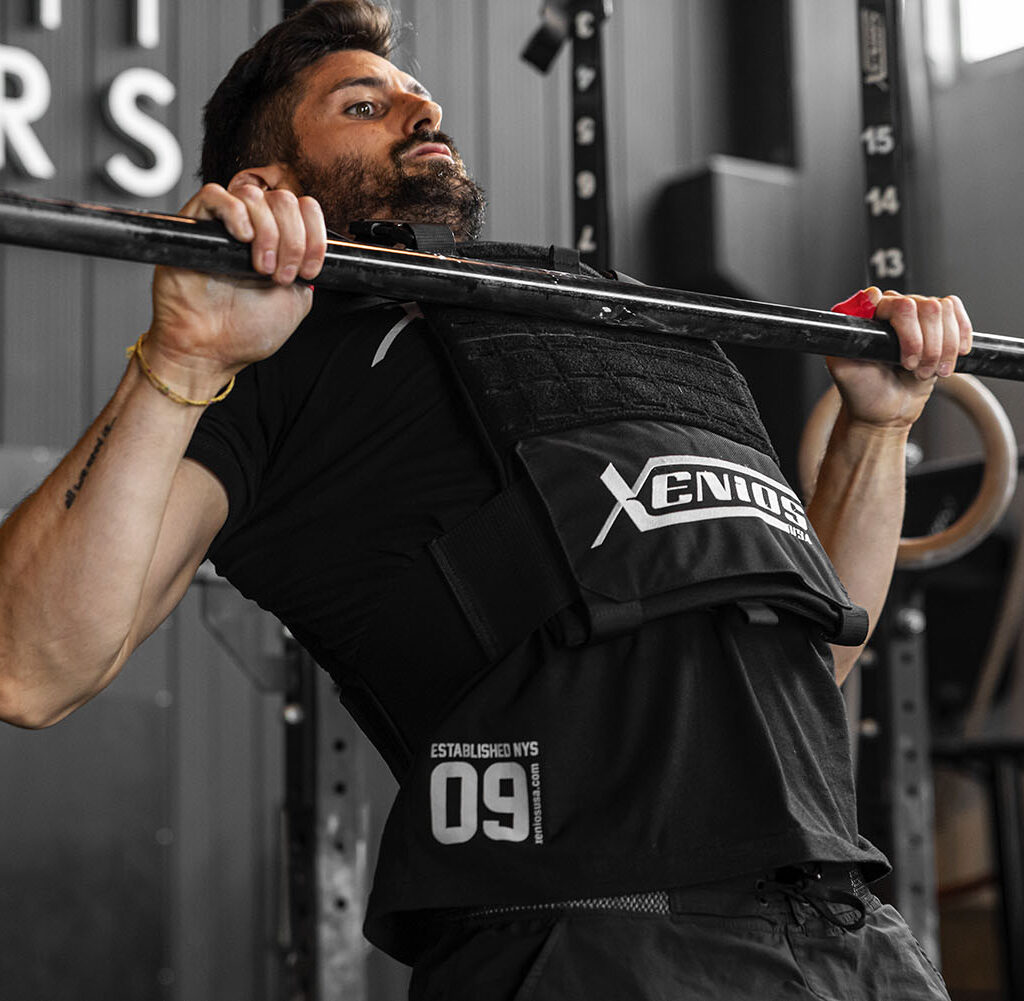
Francesco Perticari
This aspect has been both the strength and perhaps the weakness of Cross Training. Let’s remember that functional training, at its origins, was designed for the common people.
You are the creator and owner of the only event in Italy related to the world of functional training; the only symposium open to the public, where both practical and theoretical aspects of functional training are discussed. The event is called “Funzioni in Azione” and I ask you to tell me about this wonderful project: dates, news, and your personal experience in these challenging years for our industry.
Igor Castiglia
I founded “Funzioni in Azione” with two other colleagues, two friends, Amir Lafdaigui and Andrea Scala, with whom I still work. Amir and I went our separate ways because we took different paths. Andrea and I continued to organize “Funzioni in Azione” but, originally, back in 2013, with these two friends and colleagues, we decided to create an event that would, in some way, explain what functional training is to trainers, personal trainers, or group fitness instructors, from various perspectives. We aimed to do this by inviting not just one school, the most renowned one, but all the representatives from the best schools in the market that had demonstrated value through their content and, of course, had something to offer in terms of courses or training. We said to ourselves: “Let’s connect all these realities, these schools, these notable speakers, in a neutral event where everyone has an equal opportunity to share something, and we act more as directors to create a schedule that doesn’t repeat the same topics. Let’s organize it and give it an identity.”
We managed to do it in both practical and theoretical forms, over two days. In the initial years, we had two rooms, then we tried with three rooms. We organized it for many years, inviting both Italian schools and speakers as well as international speakers. We reached an average of 30 speakers, which is quite significant.
Francesco Perticari
The second question, asked to challenge you a bit, is this: in your opinion, which are the most representative functional training schools?
Igor Castiglia
I have my own personal opinion on this. Since functional training, as we discussed earlier, covers a wide range, there are essential competencies you must have. In functional training, whether you’re young or old, whether you’re doing it very casually to stay in shape or because you’re an athlete, there are certain things you can’t ignore.
All the authors and schools that have been invited to “Funzioni in Azione” have in some way passed a selection process by me and my staff.
Francesco Perticari
They passed the test.
Igor Castiglia
It has never been a unilateral decision, but rather a collective decision that has always involved us organizers and people we trust deeply. One of the fundamental evaluation criteria is certainly expertise in strength training. Strength training, which falls within the parameters of functional training, is not functional training itself but is one of its foundational elements. Personally, I genuinely appreciate the way Aldo Gruzza works with “L’Accademia Italiana Della Forza”. I have always seen him presenting at “Funzioni in Azione” with his authenticity, simplicity, and deep experience, offering highly valuable content for anyone approaching training, whether they are elderly, young, athletes, or regular individuals. Additionally, there are other schools, not to say they are generic, but they embrace a broader spectrum of the fitness and sports sector and that have also been featured in our event. I think of the well-known “ELAV” with Enrico Guerra, who was one of the speakers, not the only one from “ELAV”, which is a school that has field-proven and scientifically tested content because it is a very well-structured institution.
Their approach is scientific but broad, not exclusively academic for athletes. There are some lesser-known entities, in terms of branding and perhaps longevity, but still well-structured and organized. I think of “4move” led by Stefano Ninci, who is a wonderful person, extremely competent, and has brought, in my opinion, some truly interesting programs to the market. I don’t mean niche, but not widely spread, not so commercial, but very, very useful. For example, they address topics like respiration or the neuro-muscular system from a neurological perspective. So, it’s very interesting if you have the foundational knowledge to follow and then apply those courses. Connected to the same type of academy, I mention B-Move, currently run by Andrea Chellini. I bring it up because it’s directly linked to Michael Boyle, a well-known name for those in the world of functional training and strength conditioning. Through “B-Move”, they organize events in Italy and certification courses from Boyle’s school, making it a very interesting institution.
Francesco Perticari
Some even consider him the founder of the Functional movement
Igor Castiglia
Yes, certainly Boyle has a very significant presence in this world. How people have come to the content they offer is a plot woven from many threads. So, he also certainly has been able to say and do the things he does, thanks to other great professionals who may not be known and who come from the “Sport Conditioning” field. There are several of them who are less known. He certainly has an Academy that works very well, I’m talking about Michael Boyle. In Italy, there are other names as well. For example, one of the names that anticipated functional training topics years ago and is not known to the general public, the non-experts, is Angelo Belotti, a person I greatly admire because I consider him a genius despite the quirks of geniuses. I always say that when he comes to the symposium, and I remind him, we should have an interpreter, but he speaks Italian.
Francesco Perticari
Angelo is one of those people who can truly amaze you when talking about training and sometimes he’s so advanced that it’s hard to keep up with him.
Igor Castiglia
Sometimes he forgets that the people in front of him may not have the same knowledge base, but he is a splendid person with farsightedness and a holistic ability, in the correct sense of the term, to see the world of functional training from all angles. I’ll also take the opportunity to mention Federico Luzzi. I had the chance to listen to his session at the last “Funzioni in Azione”, and I particularly liked it because he said things I already knew, but his communication made them truly special. So I thought, “Wow! I’ve heard these many times, but hearing them said this way enthused me.” Imagine what it can trigger in a young person who may have never heard them before. Very talented and very competent. Another splendid professional (who, in my opinion, will grow even more than he already has), a name that is going to be known in the market is Antonello Monno. He’s truly great. I had the chance to listen to him, follow him, and see some of the things he’s done. A great professional. At “Funzioni in Azione”, we always do one thing: we invite people based on the content they present, regardless of their notoriety and commercial reputation. We have also invited well-known names, schools like Guido Bruscia’s Functional Training School and others who are very skilled, certainly with a consolidated network and we try to give them the same space as the younger and perhaps less-known individuals. It’s clear that those who are not well-known need more support to reach a wider audience, so I’m glad to talk about these promising young talents.
Francesco Perticari
I knew that with someone like you, the interview should have lasted three hours. You’re truly a well of useful information and interesting insights for those who are listening and should be guided in this world. However, I have to wrap it up due to time constraints and I’ll ask you one final question. What are the three books, for example, that you would recommend to a student graduating in Sports Science who has a desire to start learning about functional training?
Igor Castiglia
There are too many of them, if someone searches for them online they all seem indistinguishable. Certainly “Anatomy Trains”, which is not specifically functional because it deals with the fascia, but it’s something that needs to be understood to then approach functional training. Then I recommend anything related to the world of Meyers. Michael Boyle’s “Advances in Functional Training” is undoubtedly another very interesting book.
Francesco Perticari
I think it’s all in English, right?
Igor Castiglia
I read them in English, but I believe they are all translated in Italian. There is a beautiful book that is not easy to find because it’s no longer published; it’s “DCSS” by Paolo Evangelista. It is dedicated to the world of strength. Truly a valuable read concerning the vision of strength in the functional context. As we were discussing earlier, there are many things that get confused. However, since someone will have to deal with it, training people using circuit systems like “HIIT” and so on, I recommend “Formula HIIT” by Gian Mario Migliaccio, which is a fundamental text suitable even for individuals coming out of university.
Francesco Perticari
I listened to your speech at Guido Bruscia’s “Functional Training School” event and it was very interesting.
Thank you, Igor, I appreciate your valuable contribution rich in information. I’m aware that what you’ve shared today might only be 1% of what you could have told us about your experience, which is why I encourage all enthusiasts and professionals involved in functional training to join FUNZIONI IN AZIONE.
Igor Castiglia
I’m saying this for the people listening, visit the Funzioni in Azione website, we are finalizing the location and a new date that should fall between March and April 2022, most likely we will stay in Bologna, which is the headquarters not because we live there, but because it’s at the center of the boot.
Francesco Perticari
Thank you, Igor. So, keep yourselves free during those months because you absolutely must go there if you’re interested in this topic. It was wonderful meeting you in this new role as the interviewee.
Good workout to everyone.


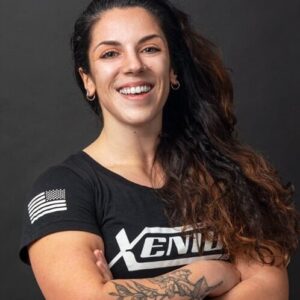
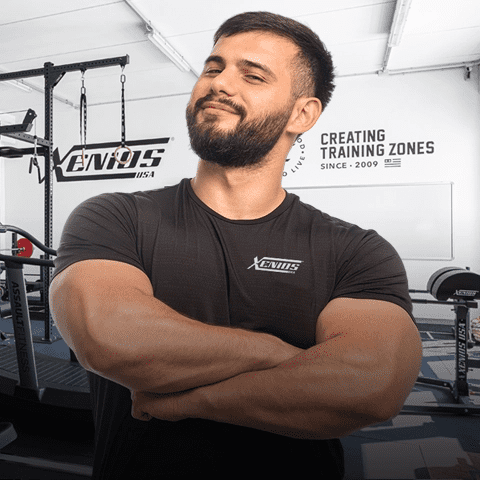
 Since 2009, we’ve been by your side, helping you create the perfect training spaces for Cross Training Boxes, Personal Trainer Studios, and professional Home Gyms.
Since 2009, we’ve been by your side, helping you create the perfect training spaces for Cross Training Boxes, Personal Trainer Studios, and professional Home Gyms.
